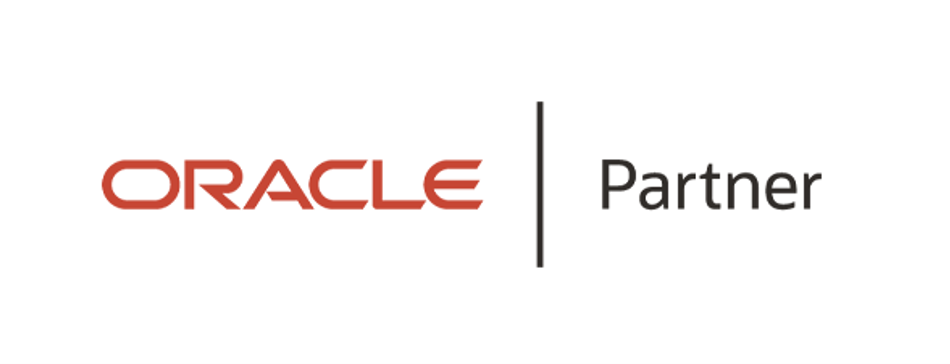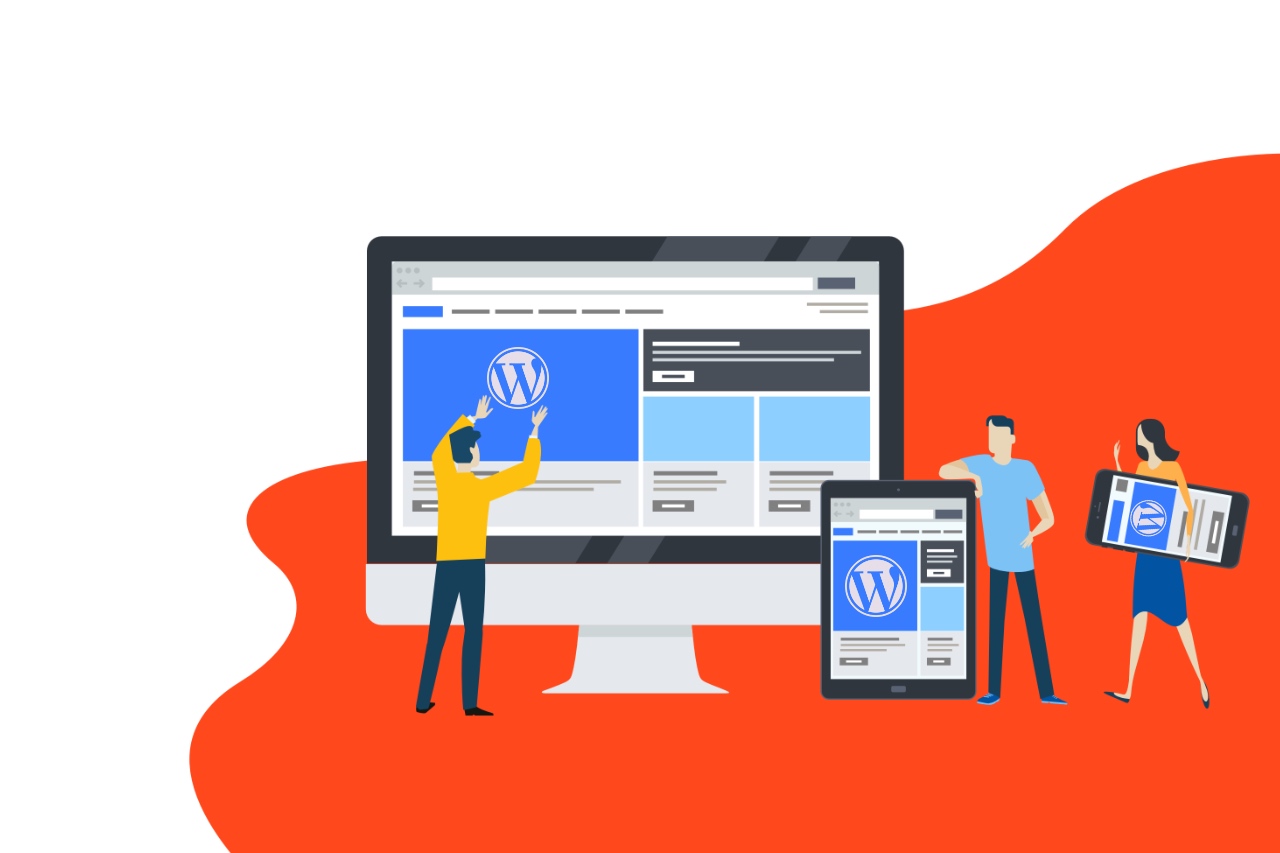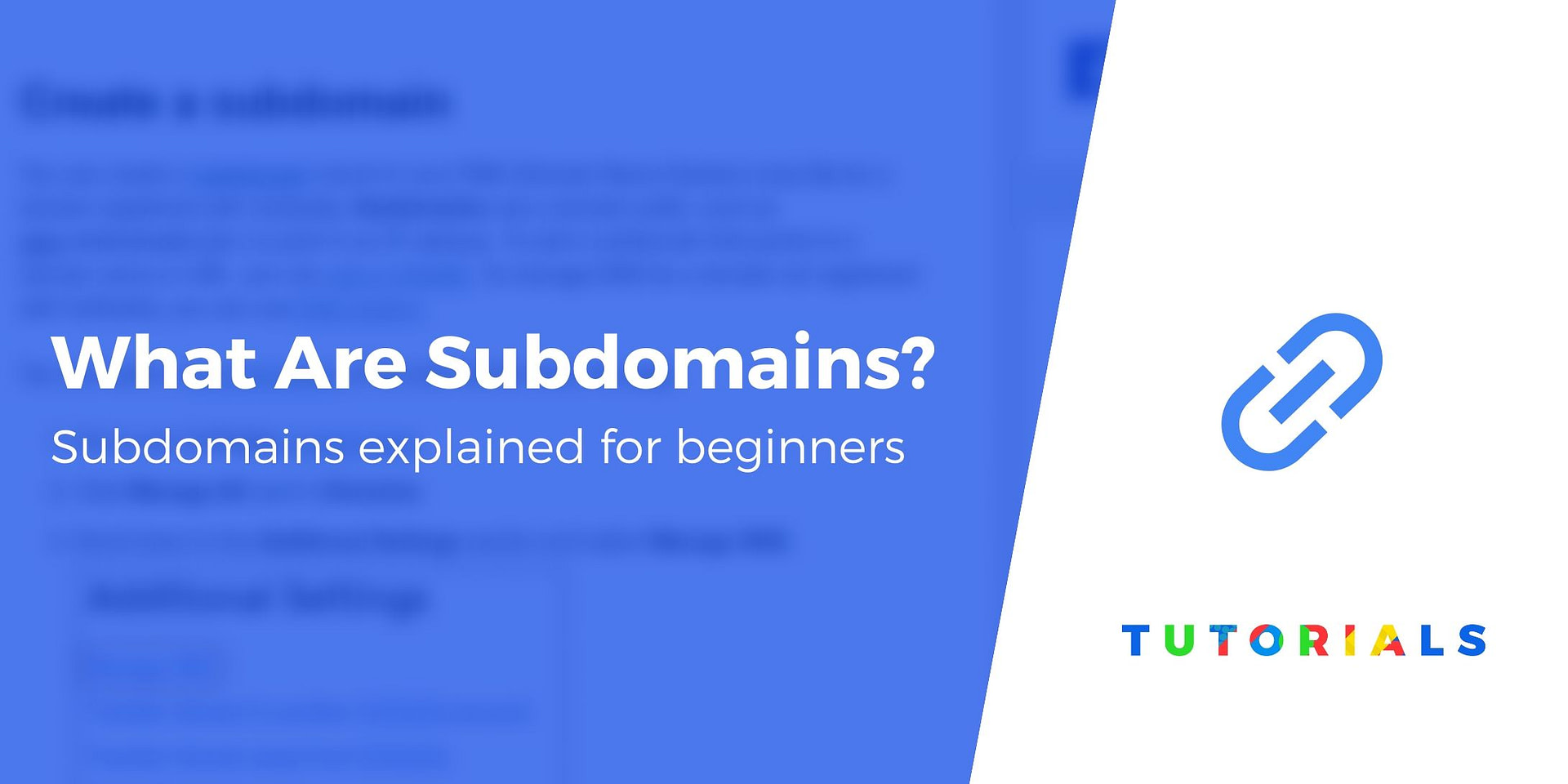
There are many methods to backup a website. There are three types of backup: Manually (offline), CodeGuard, and CodeGuard. No matter which method you use, it is important to have a backup copy of your website somewhere safe that is separate from your web server. You can then rebuild your website exactly how it was when the backup was created.
Manually
Although it is possible to manually back up a website for small numbers of sites, it can prove tedious if you have hundreds of websites. Websites are not only a collection file, they also include a database with settings and text that you should back up. A website that is manually backed up can cause it to slow down and may cause files to be lost. To avoid this, it is worth using an external service which can backup your website for you.
It is important to back up your website frequently when backing it all up. This will help protect your site against unforeseen errors or failures like a server crash. This will protect your site from being unavailable for any length of time. You can lose revenue as well as customer trust. Rebuilding a website from scratch can be expensive and it can be difficult to win back trust from your customers.

Offline
If you need to backup a website you can simply download it all and keep it offline. This will be a backup that can be used in case of server failure or hacking. This will also allow you to keep an offline copy of your website in case the online version is accidentally deleted, or your web host goes out-of-business.
Luckily, there are several ways to do this. A typical site backup involves dumping the website's database into a file, and it might even include your theme and layout. A more robust backup solution can be purchased for an extra charge. The best option will depend on the type of website you own and how often you want to back it up.
You can also download your site offline using an FTP client. This can be done by using a web browser that supports FTP. The username and password of your hosting account will be required. Alternatively, you could use a website cloning program to extract all files from your website. Once they are downloaded, arrange them in the correct order to create a mirror.
CodeGuard
CodeGuard automatically backs up your website and other data. It monitors your website for changes, and makes backups as soon as it notices them. You can also delete or restore your website and database. The dashboard allows you to monitor the progress and make any necessary adjustments.

First, connect with your FTP information to your website. CodeGuard will then display a list all files on your server including WordPress files. The next step is possible once you have chosen the data to be restored. After the backup process has completed, you will see a new screen that informs you that the backup was successful.
CodeGuard provides an automated website backup that stores your backup data on a cloud-based platform. It features an easy-to-use restore feature and protects backup data with a 256bit AES encryption key. The backup program monitors your website continuously to detect any changes and alerts you.
FAQ
How to design a site?
Your customers will first need to understand the purpose of your website. What are they looking at when they visit your site.
What other problems could they face if they can't find the information they need on your website?
This knowledge will help you to identify the problems and then solve them. You also need to make sure that everything on your site looks right. It should be easy-to-use and navigate.
Your site should be very well-designed. You should ensure that your site loads quickly. People won't stay as long if it takes too long to load. They'll move elsewhere.
It is essential to determine where all your products reside before you start building an eCommerce website. Are they all in the same place? Are they scattered about your site?
It is important to decide whether you will sell only one product or multiple products at once. Are you looking to sell one product or several?
When you answer these questions, your site can be built.
Now, you have to think about the technical aspects of your site. How will your site operate? Is your site fast enough to be useful? Can it be done quickly by people using their computers?
Can people buy things without having to pay more? Do they need to register with you before they can purchase anything?
These are important questions that you must ask yourself. These questions will help you to make the right decisions and move forward.
WordPress: Is it a CMS or not?
Yes. It is called a Content Management System. CMS allows you to manage the content of your website from within a web browser, instead of using applications like Dreamweaver and Frontpage.
WordPress is absolutely free! Hosting, which is usually provided by your ISP, is free.
WordPress was originally created to be a blogging platform. But WordPress now offers many more options, such as eCommerce sites or forums, membership websites and portfolios.
WordPress is simple to install and configure. Download the file from their website, and then upload it to your server. You can then visit your domain name using your web browser to log in to your new website.
After installing WordPress, it's necessary to register for a username. Once you log in you'll be able access all your settings via a dashboard.
You can now add pages, posts and images to your site. If editing and creating new content is easier for you, skip this step.
But if you'd rather work with someone, you can hire a professional website designer to handle everything.
Do I hire a web developer or make it myself?
If you are looking to save money, don't spend on web design services. But if you want quality results, then hiring someone else to create your website may not be worth the cost.
You can build websites yourself without paying for professional designers.
If you're willing to put in the time and effort, you can learn how to make a great-looking site yourself using free tools like Dreamweaver and Photoshop.
An alternative option to outsourcing your project is to hire an experienced freelance web designer who charges per-hour instead of per job.
How do you create a free website.
It all depends on which type of website it is. Are you trying to sell products online, create a blog or build a portfolio of websites?
It's possible to make a website that is essential using HTML and CSS. Although HTML and CSS are possible to create a website, most web developers recommend using WYSIWYG editors such as Frontpage or Dreamweaver.
You might consider hiring a freelance designer if you don’t know how to design websites. They will help you design a website that suits your specific needs.
You can either pay a flat rate per project or an hourly rate to a freelance developer. It depends on the amount of work that they do in a given time frame.
For example, companies may charge 50-100 dollars an hour. Larger projects will usually attract higher rates.
Many freelance websites also list open jobs. You can also search on those websites before you reach out to developers.
Where can I find freelance web developers?
There are many places you can find freelance web designers or developers. These are some of the best choices:
Freelance Websites
These sites provide job listings for freelance professionals. Some sites require specific skills, while others may not care about the type of work that you do.
Elance has many high-quality positions for writers, programmers (programmers), editors, translators and managers.
oDesk features similar to oDesk, but they are focused on software development. They offer jobs in PHP, Perl, Java, C++, Python, JavaScript, Ruby, iOS, Android, and.NET developers.
Another great option is oWOW. Their site is focused on web and graphic designers. You can also get video editing, programming and SEO services.
Online forums
Many forums allow members of the community to post jobs or advertise their services. For example, there's a forum dedicated to web developers called DeviantArt. A list of threads will appear if you type "web developer” in the search box.
How much does it cost to create an ecommerce site?
This will depend on whether you are using a platform or a freelancer. The average eCommerce site starts at $1,000.
Once you have chosen a platform, expect to pay between $500 and $10,000.
Templates are usually not more expensive than $5,000, unless you have a specific purpose. This includes any customization you need to make to fit your brand.
How much does it cost for a website to be built?
This question will depend on your goals for your website. Google Sites might be free if your website is limited to information about you or your company.
However, if you want to attract visitors to your website, you'll likely want to pay for something more robust.
The best option is to use a Content Management System, such as WordPress. These programs make it easy to create websites without any programming knowledge. And because third-party companies host these sites, you won't need to worry about getting hacked.
Squarespace is another service that can be used to build websites. There are a number of plans available, with prices ranging from $5 per Month to $100 Per Month depending on the features you wish to add to your website.
Statistics
- Is your web design optimized for mobile? Over 50% of internet users browse websites using a mobile device. (wix.com)
- Studies show that 77% of satisfied customers will recommend your business or service to a friend after having a positive experience. (wix.com)
- It's estimated that chatbots could reduce this by 30%. Gone are the days when chatbots were mere gimmicks – now, they're becoming ever more essential to customer-facing services. (websitebuilderexpert.com)
- At this point, it's important to note that just because a web trend is current, it doesn't mean it's necessarily right for you.48% of people cite design as the most important factor of a website, (websitebuilderexpert.com)
- The average website user will read about 20% of the text on any given page, so it's crucial to entice them with an appropriate vibe. (websitebuilderexpert.com)
External Links
How To
What is website hosting?
Website hosting refers to where people go when they visit a website. There are two types of website hosting:
-
Shared hosting - This is the cheapest option. Your website files reside in a server managed by another company. When customers visit your site, their requests travel over the Internet to that server. The server owner then forwards the request to you.
-
Dedicated hosting is the most expensive option. Your website will reside on a single server. Your traffic is private because no other websites have shared space on this server.
Shared hosting is preferred by most businesses because it's cheaper than dedicated hosting. When you use shared hosting, the company that hosts the server gives you the resources to run your site.
There are pros and disadvantages to each option. Here are the differences:
The pros of shared hosting:
-
Lower Cost
-
Easy To Set Up
-
Frequent updates
-
It is possible to find it on many web hosting companies
Hosting shared can be as low as $10 per month. However, this price typically includes bandwidth. Bandwidth refers the data that you can transfer over the Internet. Even if you upload only photos to your blog you might still have to pay more for large amounts of data that you transfer through your account.
Once you begin, you will soon see why you spent so much on your previous host. The majority of shared hosts offer limited customer support. Although they will help you set up your site occasionally, you are on your own once you have done that.
You'll want to look into a provider that offers 24-hour phone support. They will help you deal with any issues that arise while your sleeping.
Cons of dedicated hosting
-
More Expensive
-
Less Common
-
Specific Skills Required
With dedicated hosting, everything you need for your website is at your fingertips. You won't have to worry about whether you're using enough bandwidth or whether you've got enough RAM (random access memory).
This means you'll have to spend more upfront. Once you get started with your online business, you will find that you don't require much technical support. You'll become an expert at managing your servers.
Which Is Better For My Business:
The answer depends on what kind of website you want to create. If you are selling products, shared hosting may be the best option. It is simple to set up and easy to maintain. And since you're sharing a server with many other sites, you'll likely receive frequent updates.
However, dedicated hosting can be a great option if you're looking to build a community around the brand. You can focus on building your brand without worrying about handling your traffic.
Bluehost.com has both. They offer unlimited monthly data transfers, 24/7 support, free domain name registration, and a 30-day money-back guarantee.